Air travel is the most common method of long distance transportation and the TSA (Transportation Security Administration) sets the guidelines for what you can travel with and how to pack what you’re allowed to travel with. Specifically regarding firearms, here are the rules set by the TSA:
(This information may change at any time. Always go directly to the source for the most recent guidelines: https://www.tsa.gov/)
- When traveling, comply with the laws concerning possession of firearms as they vary by local, state and international governments.
- If you are traveling internationally with a firearm in checked baggage, please check the U.S. Customs and Border Protection website for information and requirements prior to travel.
- Declare each firearm each time you present it for transport as checked baggage. Ask your airline about limitations or fees that may apply.
- Firearms must be unloaded and locked in a hard-sided container and transported as checked baggage only. As defined by 49 CFR 1540.5 a loaded firearm has a live round of ammunition, or any component thereof, in the chamber or cylinder or in a magazine inserted in the firearm. Only the passenger should retain the key or combination to the lock unless TSA personnel request the key to open the firearm container to ensure compliance with TSA regulations. You may use any brand or type of lock to secure your firearm case, including TSA-recognized locks.
- Firearm parts, including magazines, clips, bolts and firing pins, are prohibited in carry-on baggage, but may be transported in checked baggage.
- Replica firearms, including firearm replicas that are toys, may be transported in checked baggage only.
- Rifle scopes are permitted in carry-on and checked baggage.
- Ammunition is prohibited in carry-on baggage, but may be transported in checked baggage.
- Firearm magazines and ammunition clips, whether loaded or empty, must be securely boxed or included within a hard-sided case containing an unloaded firearm. Read the requirements governing the transport of ammunition in checked baggage as defined by 49 CFR 175.10 (a)(8).
- Small arms ammunition, including ammunition not exceeding .75 caliber and shotgun shells of any gauge, may be carried in the same hard-sided case as the firearm.
We at SDTG follow the laws and trends related to firearms in the US. We do not provide legal advice or specifics, however we can provide you with a starting point for your research. Follow this link to set up a Q and A session today!
Ref: TSA Firearm Guidelines: https://www.tsa.gov/travel/transporting-firearms-and-ammunition
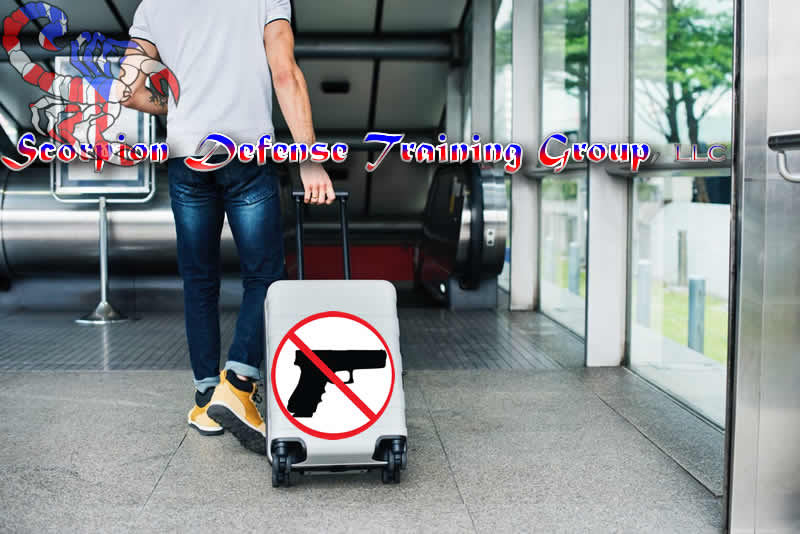
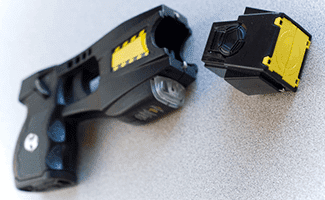

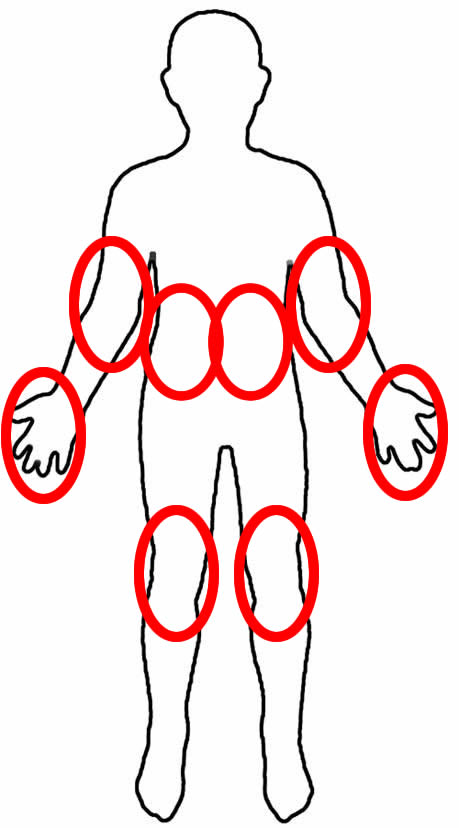
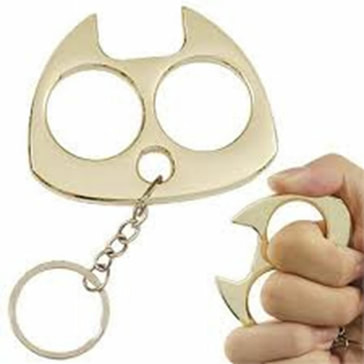
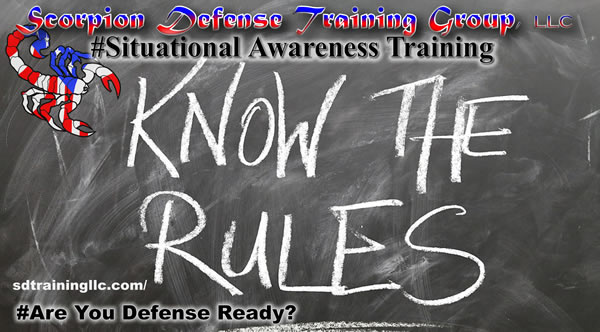
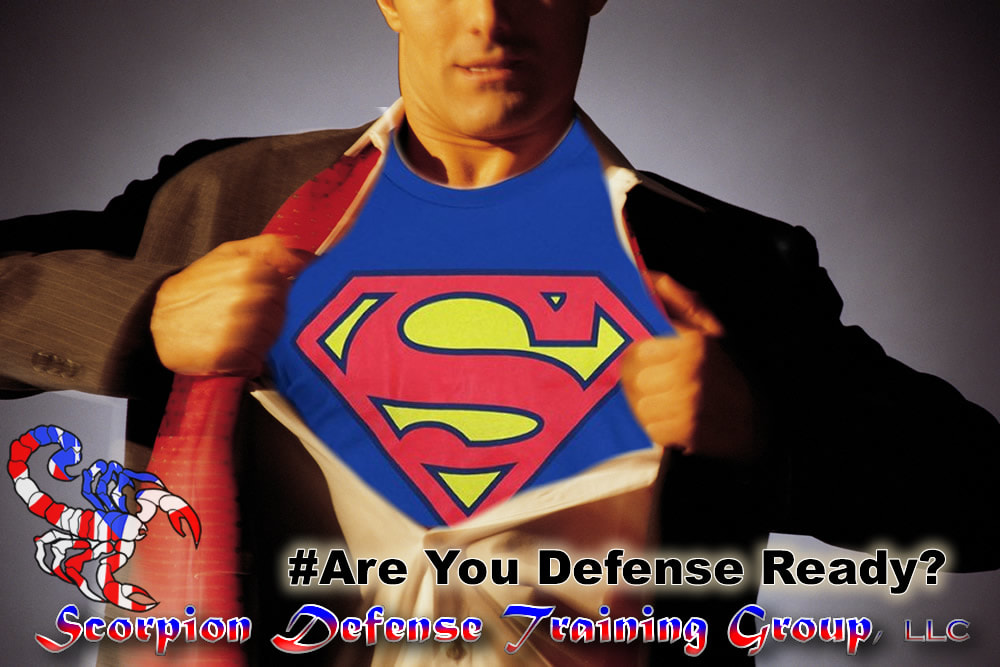
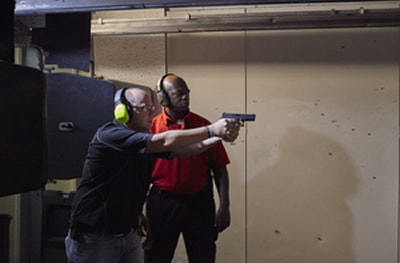
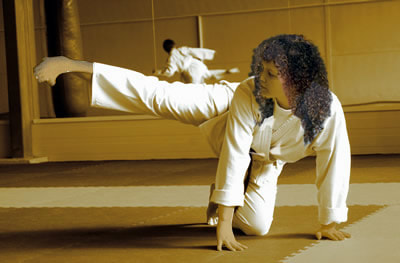

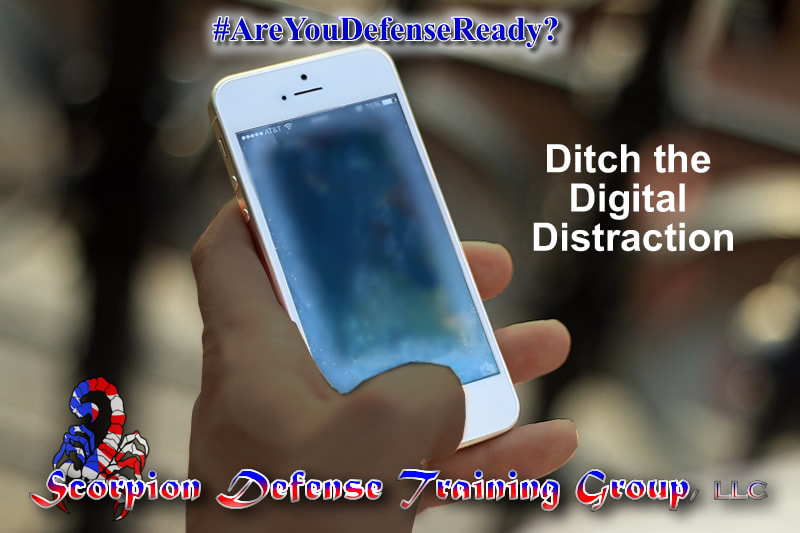
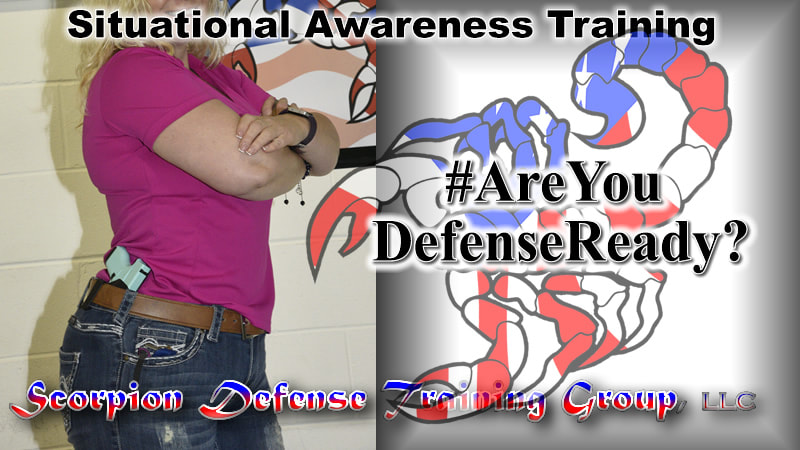
 RSS Feed
RSS Feed


